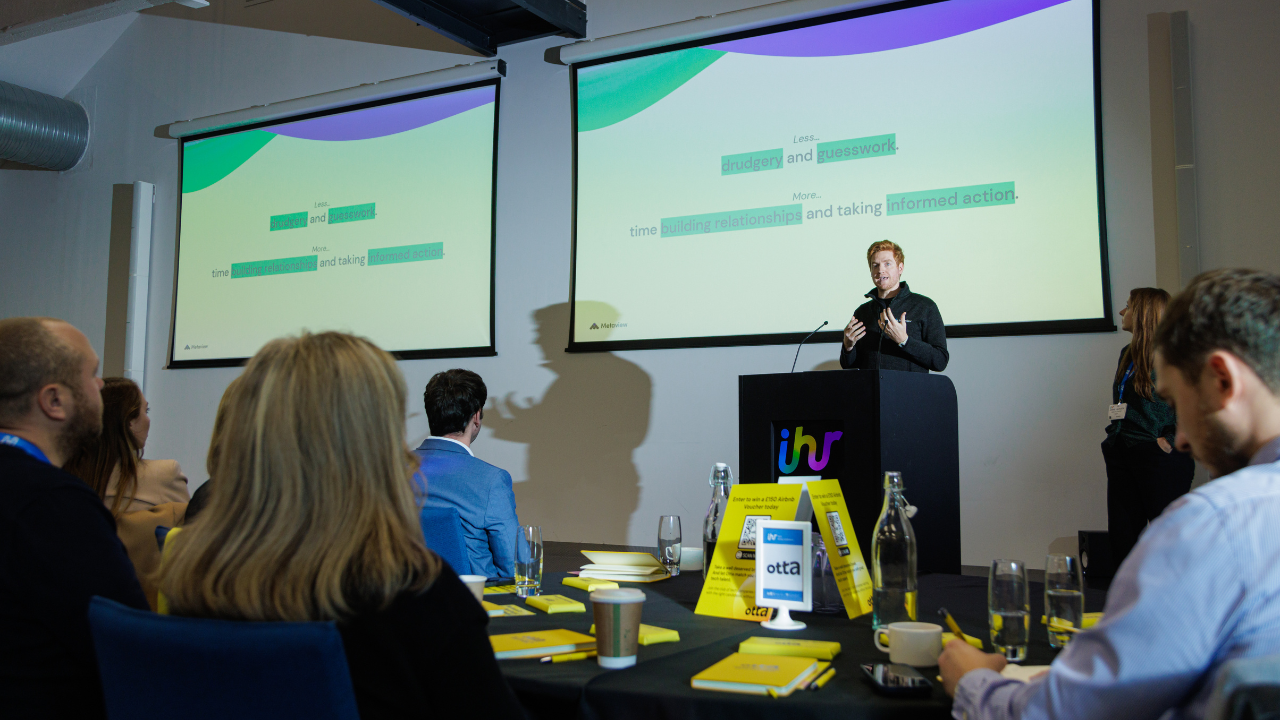Data-driven recruitment: Here’s what’s been holding you back – and how to leap forward.
Data-driven recruitment isn’t a new idea. We all know data can uncover more effective, more efficient ways to hire, manage and retain the best people. We all know recruitment teams who leverage data enjoy better talent and business outcomes. We all know that. But many recruitment teams are still struggling. In this article, we’ll look at some reasons why. And show you why one capability is more important than (almost) any other when you’re choosing recruitment software. Let’s get this show on the road.
Why is data-driven recruitment important?
Looking at Google search trends, the term ‘Big Data’ started gaining traction from late 2011; ‘data analytics’ at about the same time. Recruiters and recruitment teams have been bombarded with the data-driven recruitment message for years. Nearly a decade.
That’s because data-driven recruitment empowers better decision-making – that is, decision-making that’s more likely to drive positive results.
Take hiring.
Last year, nearly a third of employers (28%) admitted gut feeling was their main reason for hiring. But around a third of new hires quit within their first six months. Intuition-led hiring doesn’t deliver sustainable productivity.
The problem is, gut feel is notoriously unreliable and often unconsciously biased. First impressions aren’t a good indicator of long-term success. Perhaps you felt an immediate affinity to a candidate because they laughed at your joke, for example. Or because they wore a jacket you’ve got at home.
Those things might sound stupid, but that’s what unconscious bias looks like. And having the same taste in clothes has no impact on someone’s ability to project manage, or use Photoshop, or whatever you’re hiring them for.
Being data-driven means using data to make decisions grounded in facts.
Like… hiring Sam because he scored 18% higher than Elsa on situational judgement tests. Or promoting Jack because he’s your most effective recruiter (even though you personally don’t gel with him). Or decreasing investment into social because it’s your least effective hire source (even though, hey, who doesn’t love an employer mandate to browse Twitter all day…)
When you start making data-driven recruitment decisions, positive outcomes become much more likely. Like:
- Improving quality-of-hire
- Decreasing turnover
- Accelerating time-to-productivity
- Decreasing time-to-hire
- Decreasing cost-per-hire
- Improving the candidate experience
- Improving diversity
- Improving forecast accuracy
And when you start to enjoy those outcomes, the business is better positioned for financial and commercial success. That’s how come businesses with mature recruitment analytics capability outperform their low-maturity peers on three-year average revenue by 96%, Deloitte report.
That’s why data-driven recruitment matters.
But many recruitment teams still struggle to become truly data driven. Most, actually. Deloitte’s 2019 Talent Acquisition Analytics report finds 83% of global organisations have low people analytics maturity.
That leads to an obvious question. Why?
Why do many recruitment teams struggle to become data-driven?
The problem isn’t lack of buy-in. There’s mainstream consensus around data-driven recruitment, led by behemoths like PwC, Deloitte and Accenture. We’re all on the same page.
The problem isn’t lack of data either. By 2020, EMC says there’ll be 44 zettabytes of data in the digital universe. That’s 44 trillion gigabytes, which is still an incomprehensively big number. (The main takeaway is, there’s loads of data.)
And that’s the problem, actually.
Because data itself is almost meaningless. It’s like standing so close to a photo you can see the individual pixels. You can see thousands of them, but they don’t mean anything.
To see the bigger picture, you need to step way, way back. Then you can start to see patterns and trends, and eventually start to draw conclusions about what you’re seeing. It’s like Catch Phrase.
That’s the difference between knowing your average new hire turnover rate is 12% and knowing your average new hire turnover rate is 42% higher in one office than another. That’s a clue that shows you where to dig deeper to find a solution. Like maybe you discover the office in question doesn’t hold team interviews – so perhaps the cultural fit isn’t right.
Or maybe you cross-reference with time-to-hire for each location and discover your highest turnover correlates with longest time-to-hire. So you know shortening recruitment processes should be a major strategic priority.
Or perhaps you cross-reference with source-of-hire and discover your turnover issue is most pronounced for candidates hired from one job board but least pronounced with candidates hired through employee referrals. So you know to reallocate recruitment budget away from that board and into your referral program.
The issue is, getting insights like that is a hyper-intensive, time-consuming process without the right technology to support you. Without the right tech, it’s almost impossible to glean powerful insight in time to make business-critical decisions.
In other words, many recruitment teams struggle to become data-driven because they simply don’t have the technology they need to transform data into insight.
Closing the technology gap
So we’re saying, to become more data-driven you need better technology. But what does that actually mean?
It doesn’t mean you need to invest in an all-the-bells-and-whistles analytics platform. Pure-play analytics solutions are a fantastic investment if you’re mature enough to get value from them – but many businesses simply aren’t.
Analytics maturity is a scale – you can’t accelerate to full maturity without building capability through each stage. Deloitte define the four stages like this, for example:
- Descriptive (basic reporting on what’s happening)
- Relative (linking reports to performance)
- Analytic (questioning relationships between activity and business outcomes)
- Predictive (predicting the future at an HR and business level)
You needn’t take Deloitte’s stages as gospel truth, it’s the principle that matters. You can’t skip ahead. Many businesses aren’t ready for advanced predictive analytics solutions. Such projects often become time and cost black holes that demand wholesale change across the business.
So let’s assume you’re not going the pure-play people analytics platform route just yet. What then?
You need robust analytics functionality embedded into the operational systems you already use. That’s what.
That way, you gain better control over your data inside the systems that already contain that data, like your applicant tracking system. And your recruitment team can work within one system, seamlessly, without data integration, duplication or security issues.
Let’s look at the criteria for best-in-class embedded analytics functionality.
- You need powerful reporting functionality that harnesses all your recruitment data, so you can make smarter decisions about every metric that matters.
- Accessible. To make best use of your data, insight should be democratic. That means everyone in your recruitment function should be able to generate reports and glean insights, without advanced tech skills.
- Meaningful. Come back to the pixels example. For data to become insight, you need reporting tools that display data meaningfully, with impactful, engaging charts and graphs.
- Meeting your global compliance obligations shouldn’t be a burden. The best tools should record every click, track every action and make compliant reporting hassle-free.
- With Big Data comes big responsibility. You need tools that look after your data, to avoid costly, embarrassing, reputation-damaging mistakes. For every user, every candidate, every report.
With analytics that tick those five boxes, embedded into the operational recruitment systems your team rely on – like your ATS – you’re a huge step closer to analytics maturity. You embed data-driven decision-making into the heart of your recruitment, so you can realise better talent – and ultimately business – outcomes.
TribePad offer exceptionally feature-rich recruitment software that empowers large-scale businesses to become more data-driven, more easily. Find out more about the advanced embedded analytics that come with the TribePad ATS here.
Partner
TribePad is a specialist talent acquisition software provider, serving some of the UK’s best known organisations including the BBC, Tesco, and The Church of England. TribePad’s Applicant Tracking System, Video Interviewing, Onboarding and Job Board solutions are used by more than 15 million people, in 13 languages worldwide.








